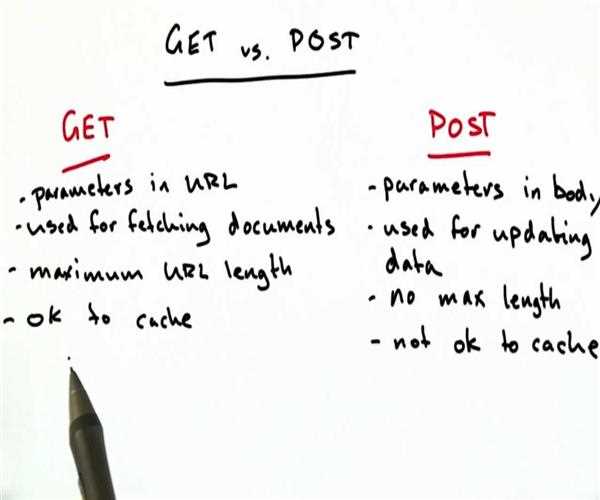GET and POST are two HTTP methods used for sending and retrieving data from web servers. Both methods are commonly used in web applications, but they differ in their purpose and functionality. In this section, we will discuss the differences between GET and POST methods.
GET: The GET method is used to request data from the server. The data is sent in the URL of the request, which is visible to the user. The GET method is used for reading data and does not modify the state of the server or the data on the server. Some of the key features of the GET method include:
- The data is sent in the URL of the request
- The data is visible in the URL
- The data is limited in size
- The GET method is idempotent, meaning that multiple requests for the same resource will have the same effect as a single request.

POST: The POST method is used to send data to the server. The data is sent in the body of the request and is not visible to the user. The POST method is used for creating, updating, or deleting data on the server. Some of the key features of the POST method include:
- The data is sent in the body of the request
- The data is not visible in the URL
- The data can be of any size
- The POST method is not idempotent, meaning that multiple requests for the same resource may have different effects.
Some of the key differences between GET and POST methods include:
- Purpose: GET is used to read data, while POST is used to create, update, or delete data.
- Data Visibility: GET sends data in the URL, while POST sends data in the body of the request, making it more secure and private.
- Data Size: GET has a limit on the amount of data that can be sent, while POST can send any amount of data.
- Idempotency: GET is idempotent, while POST is not idempotent.